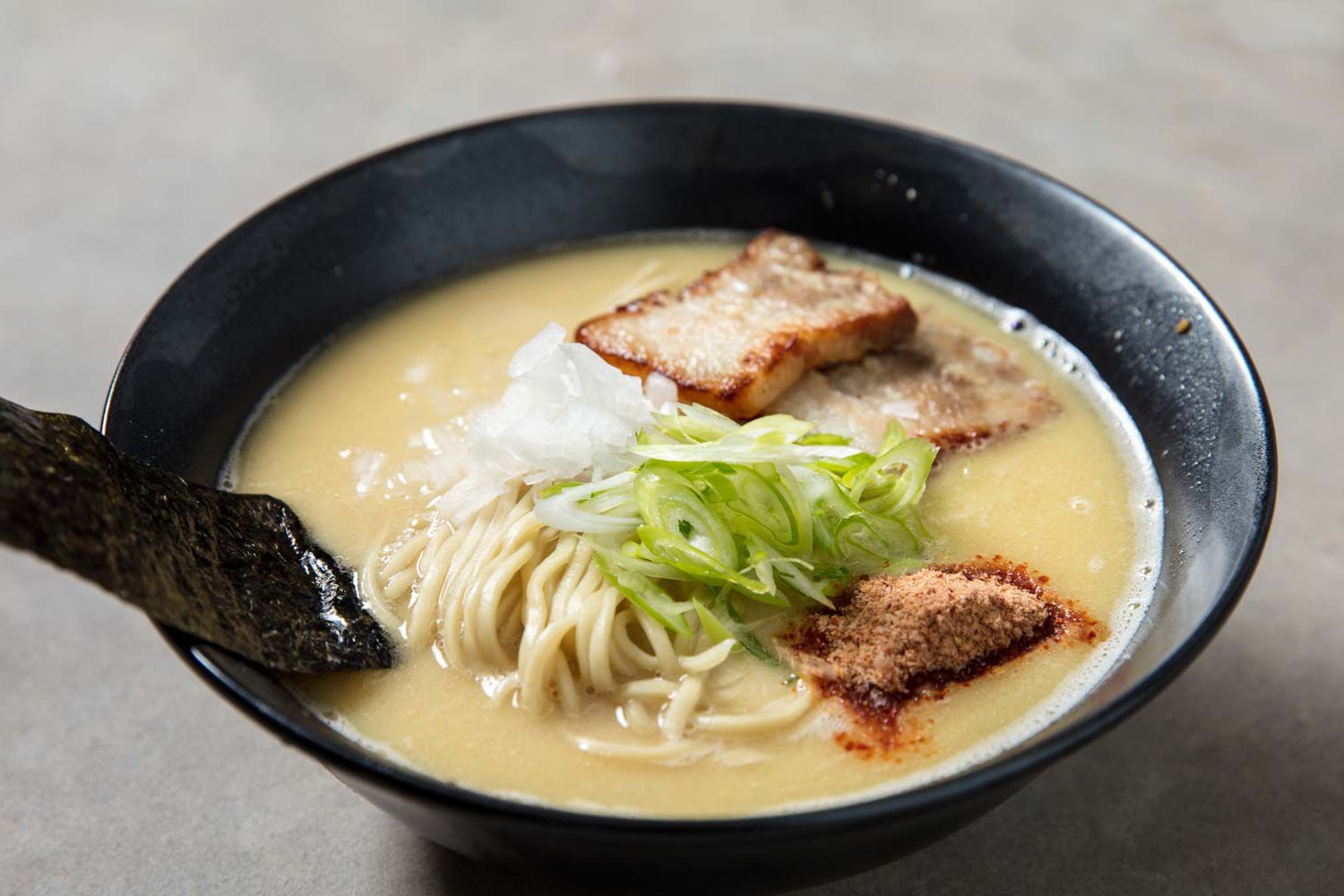
Gyofun, also known as fish prints, is a traditional Japanese art form that captures the beauty of fish in a unique way. But what exactly is Gyofun? Gyofun involves applying ink to a fish and then pressing it onto paper or fabric to create a detailed print. This method, dating back to the mid-19th century, was initially used by fishermen to record their catches. Over time, it evolved into a respected art form. Today, artists use Gyofun to celebrate marine life, blending tradition with modern techniques. Whether you're an art enthusiast or a marine biology buff, Gyofun offers a fascinating glimpse into both worlds. Ready to dive into 30 intriguing facts about this captivating art form? Let's get started!
What is Gyofun?
Gyofun, a traditional Japanese condiment, has been a staple in Japanese cuisine for centuries. Made from dried fish, this powdery substance adds a unique umami flavor to various dishes. Let's dive into some fascinating facts about Gyofun.
- Gyofun is made from dried fish, typically bonito or sardines.
- The fish is dried, ground into a fine powder, and then used as a seasoning.
- It is often used in soups, stews, and sauces to enhance flavor.
- Gyofun is rich in umami, the fifth basic taste alongside sweet, sour, bitter, and salty.
- This condiment is a key ingredient in traditional Japanese dishes like miso soup and dashi broth.
Historical Significance of Gyofun
Gyofun has a rich history that dates back to ancient Japan. It has played a significant role in Japanese culinary traditions and continues to be a beloved ingredient.
- Gyofun has been used in Japanese cuisine for over 1,000 years.
- It was originally created as a way to preserve fish for long periods.
- Samurai warriors carried Gyofun as a portable food source during battles.
- The production of Gyofun was a closely guarded secret among Japanese fishermen.
- It was considered a luxury item and was often given as a gift to nobility.
Nutritional Benefits of Gyofun
Not only does Gyofun add flavor to dishes, but it also offers several nutritional benefits. Here are some reasons why this condiment is good for you.
- Gyofun is high in protein, making it a great addition to a balanced diet.
- It contains essential amino acids that are important for muscle growth and repair.
- The fish used in Gyofun is rich in omega-3 fatty acids, which are beneficial for heart health.
- Gyofun is a good source of vitamins and minerals, including calcium, iron, and vitamin D.
- It is low in calories, making it a healthy seasoning option.
Culinary Uses of Gyofun
Gyofun is a versatile ingredient that can be used in various ways to enhance the flavor of dishes. Here are some common culinary uses of this traditional condiment.
- It is often sprinkled on rice dishes for added flavor.
- Gyofun can be mixed into sauces and dressings to give them a savory kick.
- It is used as a seasoning for grilled or roasted vegetables.
- Gyofun can be added to marinades for meat and fish to enhance their taste.
- It is a popular ingredient in Japanese street food, such as takoyaki and okonomiyaki.
Modern Adaptations of Gyofun
While Gyofun remains a traditional ingredient, it has also found its way into modern culinary practices. Here are some contemporary uses of this ancient condiment.
- Chefs around the world are incorporating Gyofun into fusion dishes.
- It is being used in gourmet snacks, such as flavored popcorn and chips.
- Gyofun is a popular ingredient in ramen seasoning packets.
- It is being added to artisanal spice blends for a unique flavor profile.
- Gyofun is used in innovative cocktails to add a savory element.
Fun Facts about Gyofun
Here are some interesting tidbits about Gyofun that you might not know. These fun facts highlight the unique qualities of this traditional Japanese condiment.
- Gyofun is sometimes referred to as "fish powder" or "fish flour."
- It has a distinct aroma that can be quite strong.
- Gyofun can be stored for long periods without losing its flavor.
- It is often used in small quantities due to its intense taste.
- Gyofun is a popular souvenir for tourists visiting Japan.
Final Thoughts on Gyofun
Gyofun, a Japanese art form, offers a fascinating glimpse into the world of fish printing. This ancient technique, dating back to the mid-19th century, combines artistry and nature. Artists use real fish, ink, and rice paper to create detailed prints that capture the essence of marine life. Each print is unique, reflecting the fish's texture and features.
Gyofun isn't just about art; it's a way to preserve memories and celebrate the beauty of aquatic creatures. Whether you're an art enthusiast or a nature lover, Gyofun provides a unique way to appreciate the underwater world. It's a blend of tradition and creativity that continues to inspire artists and collectors alike.
So next time you see a Gyofun print, remember the rich history and skill behind it. Dive into this captivating art form and discover the beauty of fish printing for yourself.
Was this page helpful?
Our commitment to delivering trustworthy and engaging content is at the heart of what we do. Each fact on our site is contributed by real users like you, bringing a wealth of diverse insights and information. To ensure the highest standards of accuracy and reliability, our dedicated editors meticulously review each submission. This process guarantees that the facts we share are not only fascinating but also credible. Trust in our commitment to quality and authenticity as you explore and learn with us.
